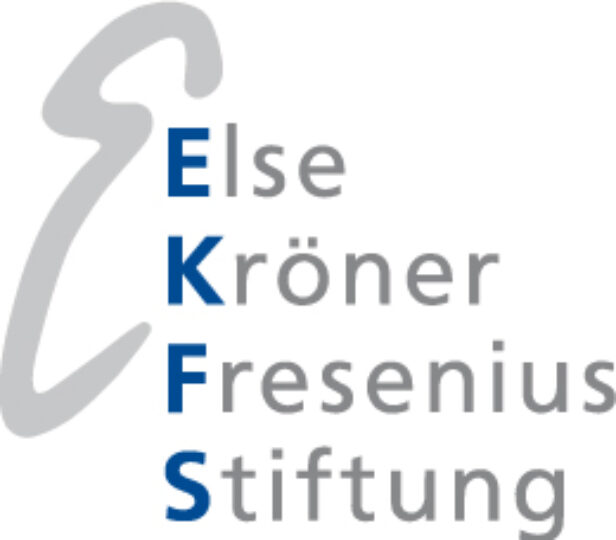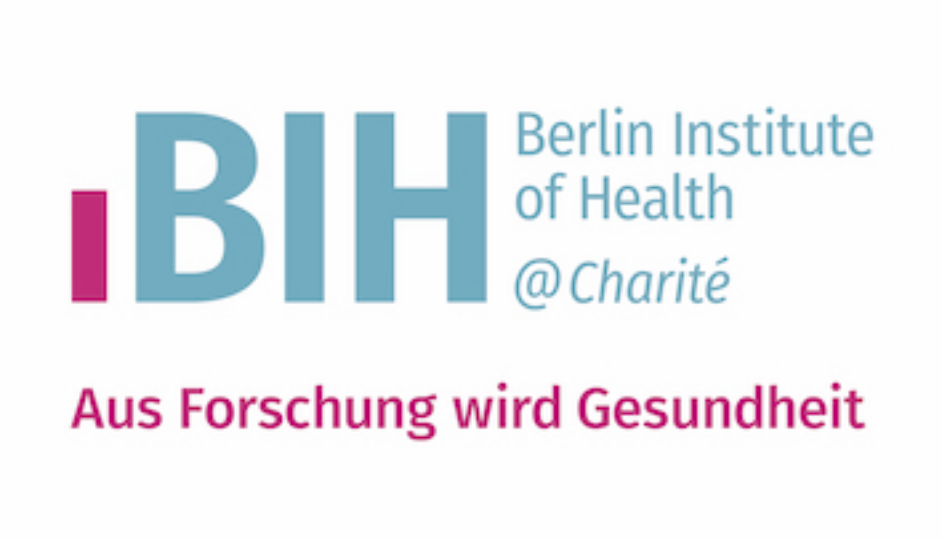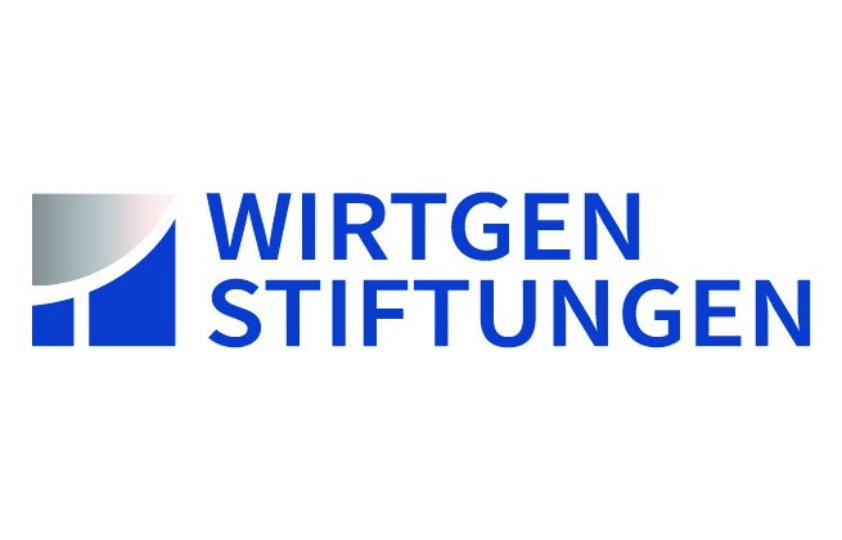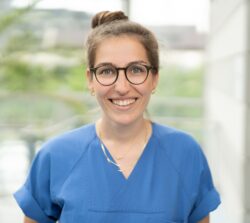Prof. Dr. Grüters-Kieslich, the Alliance4Rare research network has exists for two years now. Why was the initiative founded in 2022 and what makes it special?
Annette Grüters Kieslich: Alliance4Rare is a research initiative of the Eva Luise and Horst Köhler Foundation for People with Rare Diseases, which was launched with the support of the Friede Springer Foundation. We combine the expertise of research-strong university pediatric clinics with the creative will of sponsoring partners in order to develop innovative therapeutic approaches for rare diseases. The motivation behind the initiative is the immense need for research and therapy development for these often neglected diseases: Every year, at least 1,500 children and young people in Germany die from rare diseases that have not yet been adequately researched. Thanks to modern diagnostics, we have the opportunity to detect diseases at an early stage. And with cell and gene therapy methods, there are now unprecedented opportunities to better understand and treat these congenital diseases. Our initiative sees itself as a bridge between these new medical possibilities and the existing need for research.
What is behind the success of Alliance4Rare?
Annette Grüters Kieslich: Our success is based on several pillars: firstly, we have built up a strong network between leading university pediatric clinics – Charité Universitätsmedizin Berlin, University Medical Center Göttingen and University Hospital Dresden. In addition, with the Friede Springer Foundation, the Else Kröner Fresenius Foundation, the Ensinger Foundation, the Wirtgen Foundations and the Berliner Sparkassenstiftung Medizin, we have partners at our side who share our mission. This trusting collaboration enables us to pool resources and expertise effectively.
Secondly, we have developed a sophisticated review process with international experts for project funding. It ensures that our funds are used specifically where the best expertise is available and the funds can have the greatest impact. We take into account not only scientific excellence, but also the potential benefits for the people with rare diseases.
And thirdly, we are looking towards the future by specifically supporting young doctors and scientists with strong research skills through our own training and support programs. In this way, we are counteracting the threatening shortage of young talent in pediatric research into rare diseases.
Which specific progress has the network achieved in its first two years?
Annette Grüters Kieslich: Since its foundation in 2022, more than ten researching doctors and scientists have already been able to take up and advance research projects on rare diseases. As part of the first call for projects, two outstanding research projects were selected for substantial funding: In one, researchers are dedicated to NEDAMSS, a very rare neuronal developmental disorder similar to childhood dementia, and in the other, the rare life-threatening liver disease biliary atresia is the focus of intensive research. The application phase for our second call for projects has just ended. We are pleased to have received promising applications, which will now go through the international review process before our Scientific Advisory Board provides funding recommendations.
Looking to the future: Which challenges will the Alliance4Rare encounter and how do you intend to overcome them?
Annette Grüters-Kieslich: One of the biggest challenges is still the glaring lack of young talent in pediatric research. There are few role models and there is often a severe shortage of the necessary support and funding to pursue this demanding career path. To address this, we have developed the “Clinician Scientist for Rare” program. It offers targeted mentoring and protected research time. Our cooperation with the Berlin Institute of Health (BIH) in the diagnosis of particularly challenging cases in the CADS project is also an important step towards dovetailing research and practice even more closely. After all, the two are inseparable in the field of rare diseases.
Where is the Alliance4Rare heading, what developments and goals are you pursuing in the coming years?
Annette Grüters-Kieslich: We are planning to further expand our network and also to continue our international networking. We also want to keep investing substantially in innovative therapeutic approaches and consistently focus on projects that are particularly relevant for the survival and quality of life of patients. Our four program lines Prevent, Rare2Common, Innocure and Cope&Hope will play a key role in this. Our goal is and will remain to give seriously ill children and young people access to the latest scientific findings and therapies. No one must be left behind in the face of medical progress! To achieve this, we need to continue to consistently raise donations and build funding partnerships in order to expand our network and finance it sustainably.
Prof. Dr. Grüters-Kieslich, thank you very much for the interview and best wishes for the continued success of the Alliance4Rare
Annette Grüters-Kieslich: Thank you very much for your interest, because children and young people with rare diseases need our awareness.














